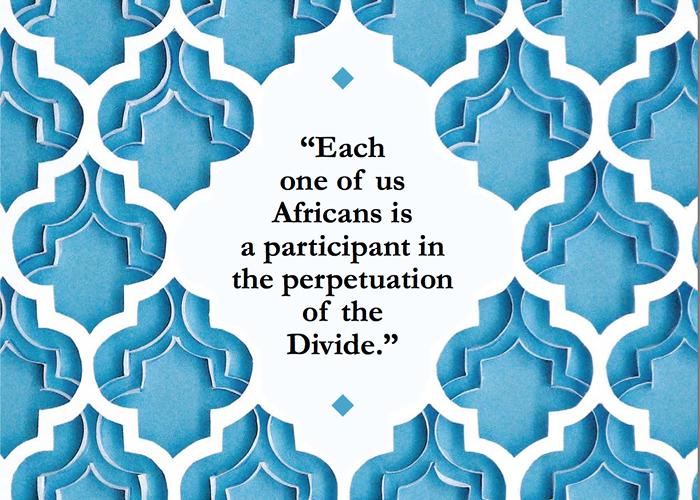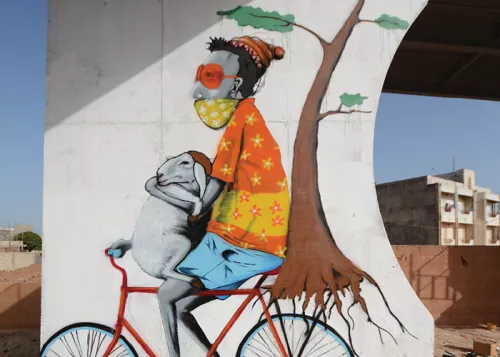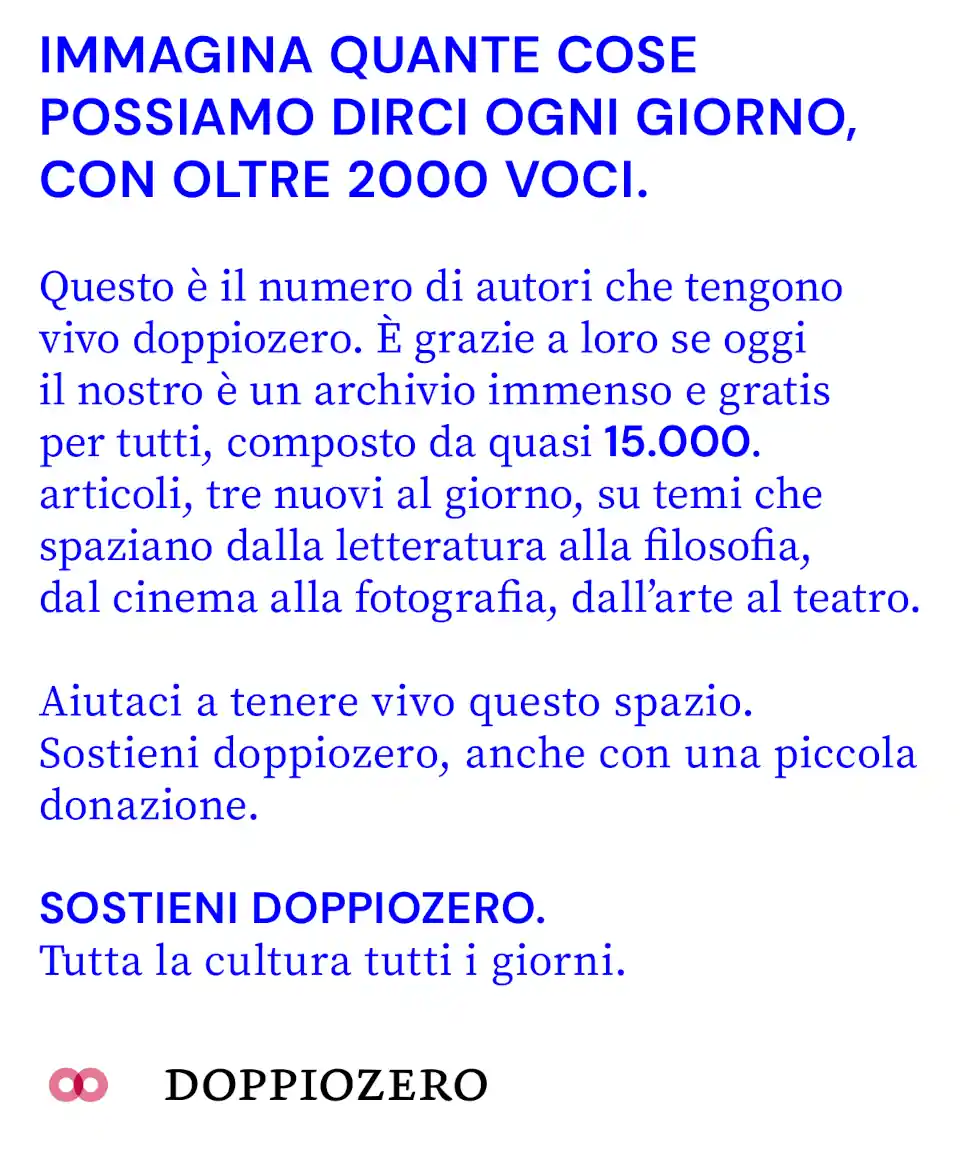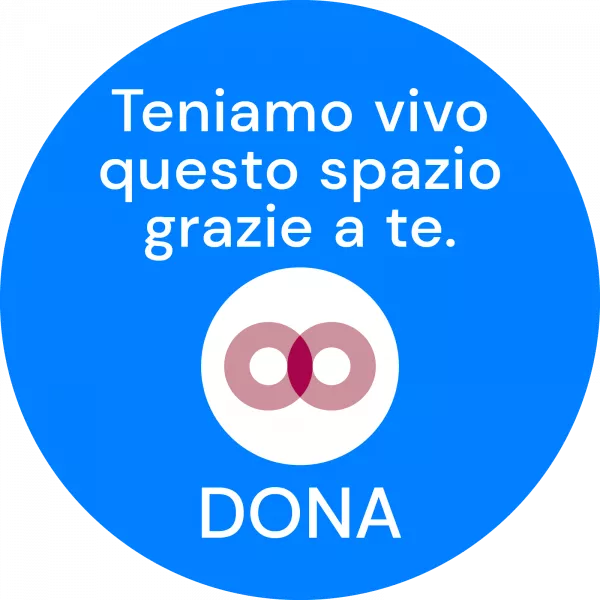Speciale
'The Great Divide'

"How did the fracture between the North and South of the continent become so anchored in our collective consciousness," asks writer, producer and documentary filmmaker Jihan El-Tahri in her Critical Positioning Piece for the latest March issue of ART AFRICA, 'Looking further North.'
 Background design sample from Mishkaah Amien's, Shift, 2015. Paper, 21 x 29.7cm. Courtesy of the artist.
Background design sample from Mishkaah Amien's, Shift, 2015. Paper, 21 x 29.7cm. Courtesy of the artist.
I remember sitting in awe listening to Thabo Mbeki’s speech ‘I am an African’ as he introduced the new South African constitution in 1996. It was a powerful speech, fit for a historic moment that the entire continent had awaited for decades. His words marked me profoundly. Mbeki captured the diversity of the continent and somehow his words legitimised my own persistent claim to my ‘African-ness.’ I had often wondered why introducing myself as an African from Egypt sometimes left my darker fellow Africans looking at me as though I was an impostor. How did the fracture between the North and South of the continent become so anchored in our collective consciousness?
‘Divide and rule’ has been a simple but effective pillar of our collective colonial inheritance. Divisions on the African continent today are many, but none as profound as the rift between the ‘Arab North’ and the ‘Bantu South,’ otherwise seen as the ‘White’ North and the ‘Black’ South. How my fellow countrymen, the charcoal-skinned Nubians, can be regarded as ‘white’ baffles me! Skin colour wasn’t always the qualifier when regrouping or separating populations. In ancient times, culture, tradition and language were the natural borders. The Sahara was never one of the barriers. It was historically a space of sanctuary, hospitality, trade and most of all, cultural exchange. With the drawing up of borders, the vast desert was conveniently designated as the great divide. The Sahara has been stigmatised and fixed in arid hostility. It is now seen as a belt of nothingness above which live the ‘Arabs’ and below live the ‘real Africans’.
Western scholars coined the term ‘Sub-Saharan Africa’ after the Second World War and by 1966 almost 300 million dollars had been poured into a new academic disciplinecalled ‘Area studies’. It was the fallout of decolonisation and the escalating Cold War that encouraged the US to carve up the world into sections for specialised study. Corporations like the Ford Foundation then invested in scholarships that would support America’s ability to respond effectively to perceived external threats. Ironically, until today the contours of so-called ‘Sub-Saharan Africa’ do not appear on any map, but the great divide embraced by the academics has somehow been transformed into an assumed reality. As Africans, we know that this simplistic approach is an artificial construct, similar to the colonial construct that erected nation state borders often separating a single tribe. If we choose to perpetuate divisions today, we cannot just blame the colonial powers who imposed them. Each one of us Africans is a participant in the perpetuation of the Divide. The North looks down on the continent through a prism of racism, clichés of idleness, violence and poverty. The South looks upwards in disdain; they see the ‘Arabs’ as the allies of the foreign invaders, the slave traders who thrived on selling their brethren. These stereotypes are indeed generalisations but sadly the attitudes that stem from them are consistently reinforced.
As an artist I am confronted with this great North/South, Arab/African divide and I often question if the structures for artistic financing have encouraged us to confine and redefine our own identities. With every new project, I am requested to complete a form that asks me to define myself as Arab, African, Francophone or Anglophone, Muslim or Christian. To successfully obtain the much- needed funding, does one have to renounce the complexity, diversity and the multi layered-ness of being African? I am Anglophone, Francophone and Arabophone. I am Muslim and I am a total secular. I am both an Arab and most certainly an African. Who says I have to choose? Who says I can’t be both, since I am both?
My country, Egypt, has always been at the heart of the debate about African-ness. Cheikh Anta Diop, the Senegalese physicist, anthropologist and historian, unpacked the black origins of Egyptian civilisation in his work Nations Nègres et Cultures. He argues that excluding Egypt from the legacy of African history was an intentional and integral part of the groundwork for the earliest colonial ventures. The premise of colonialism – an effort to ‘civilise the barbarians’ – would hardly hold if Egypt and its documented centuries of civilisation remained linked to its African heritage! Luckily, the founding fathers of African Independence spotted the destructiveness of such divisions. They knew that unless Africa saw itself as a whole, the North/South divide would always remain the continent’s Achilles heel. Despite the hurdles, they opted for unity. They hammered out a Pan Africanist policy to lay the groundwork for future economic, political and cultural partnerships on the continent. But how does one start relinking traumatised nations and allow them to believe in the power of their ideas? I believe the answer can be found through the Arts.

Poster of Gillo Pontecorvo's film The Battle of Algiers, 1966. Image courtesy of Jihan El-Tahri.
Art has always been the language capable of connecting ideas and spaces. The first ‘Pan African Cultural Festival’ held in Algeria in 1969 was the embodiment of the hopes of African unity. It gathered all forms of the arts from the north, south and the diaspora and unapologetically celebrated the continent with its artistic diversity. The event was a landmark and promised to usher in an era of cultural production. Unfortunately very little happened in the following decades. Soon, even the glamorous Cinémathèque d’Alger crumbled, theatres closed and art galleries were nowhere to be found. Even local talent could only find space for their artistic expression if they crossed the Mediterranean to make a name for themselves in Europe.
Last month I was invited to Algiers to attend a film festival titled ‘Cinema Engagé’. The screenings and the panel in which I was a participant were held at the renowned Cinémathèque, which still houses the master reels of Gillo Pontecorvo’s cult film The Battle of Algiers. At the entrance stands the imposing original black and white poster serving as a reminder of Algeria’s bloody struggle for independence. The ageing poster is also a reminder of how the country’s revolutionary leadership engaged in re-appropriating their image, history and their identity – both Arab and African.
The Cinémathèque and the few remaining cultural spaces were given a facelift in 2009 when Algeria announced that it would host the second edition of the Pan-African Cultural Festival in Algiers. The increased revenue from oil and gas prompted a replay of the festival to coincide with the 40th anniversary of the first edition. However, state-sponsored initiatives, across the African continent, are rarely conducive to luring daring and rebellious young talent. During my brief stay in Algiers, I wanted to discover Algeria’s art scene. A friend directed me to a gallery and I went to the given address that supposedly housed an exhibition called ‘Les Ateliers Sauvages’ – only to find a building due for renovation. In an ingenious concept by Wassyla Tamzali, an energetic local patron of the arts, ‘Les Ateliers Sauvages’ had taken over a space earmarked for destruction and set up a top- quality flash exhibition! These temporary shows pop up regularly all over the city. Tamzali’s motto is simple: “culture is more powerful than destruction.”, In the unlikely makeshift gallery I discovered a vibrant contemporary arts scene that I would not have suspected exists in Algiers.
The exhibition included a mixture of video, installation, performance and mural art bringing five young artists together. As I walked around appreciating the talent, it was the work La Ronde, a 6m x 3m mixed-technique mural by Fella Tamzali Tahari that demanded my attention. The portrayal of children playing with a center image of a child with the blood-soaked head of a bull captured both tragedy and jubilation. The lighting accentuated the rough beauty of the crumbling space. It struck me how young contemporary African artists have forged a language and a style connecting the entire continent. Concrete canvases have exploded all over Africa and especially in the North (where street art was previously non- existent) since the spate of revolutions and uprisings of 2011.
Graffiti, street art, stencils and public art are used by a growing number of young contemporary artists, both as a form of documentation and as a tool of expression to present politicised messages and voice dissent. Entire political and artistic conversations and confrontations are conducted on city walls from Cape Town to Cairo. Authorities paint over political slogans and portraits of revolutionary martyrs, only to have the clean canvases painted again by artists.
 Stencilling on the Tank Wall. Photograph: Bahia Shehab, 2012.
Stencilling on the Tank Wall. Photograph: Bahia Shehab, 2012.
The story of a particular wall in Cairo captures the essence of the ongoing battle between artists and the authorities. It started with Mohamed Fahmy, a prolific street artist known as Ganzeer, who decided to paint a life-size tank on the wall under the sprawling 6 October Bridge. Coming from the opposite direction, he painted a man on a bicycle carrying a breadbasket. A few weeks later violence erupted and the security forces killed protesters. Other artists used the same wall to paint splattered blood under the tank as it crushed protestors. The authorities immediately blotched the image of protesters with white paint but left the tank. Yet another artist added his contribution by using the blotched white space to draw a monster in military uniform. The authorities retaliated with a bucket of black paint to hide the head of the monster. Bahia Shehab, an art historianturned revolutionary stencil artist, placed her trademark calligraphy of the word ‘NO’ across the whole wall.
Clearly, artists won’t be silenced.
In most countries on the continent, censorship and the general curbing of freedom, compounded with the lack of art spaces, have encouraged the explosion of street art. Ibrahim Humaid acquired the name “Banksy of Benghazi” when his explicit imagery of Colonel Muammar Gaddafi appeared on walls all over Tripoli. Collectives like the Zoo Project in Tunisia also took their voice to the streets. At the opposite tip of the continent in South Africa, Cape Town-based art collectives like Burning Museum have taken up issues like gentrification and identity. In 2007, OsmicMenoe decided to set up a youth festival in Johannesburg that connects street-artists with Hip-Hop musicians and installation artists. He named the festival ‘Back to the City’ and symbolically chose April 27th (South Africa’s Freedom Day) on which to hold the annual event. Each year, a section of Newtown is closed off, a stage is erected for the nightly performances and graffiti artists take over the pillars under the M1 Bridge.

Murals by Ibrahim Hamid, Benghazi, Libya, September 2011. Photo: Kelvin Brown.
One such artist is Breeze Yoko, who remembers how growing up in Gugulethu (a township just outside Cape Town), he imagined that graffiti was exclusively a westernised art form. One day, as a secondary school student, he saw the words “Biko Lives” on a wall. A few weeks later thewords were crossed out and replaced with “Biko Rot in Hell.” This piece of street art made him want to find out who Biko was. Through this experience, he discovered politics and the Black Consciousness movement and wanted to use graffiti to question “who gets to write history.” His street art debut in 1998 was similar to other young artists all over the continent: a form of rebellion against the system. Breeze later took up controversial political issues like land distribution and the preservation of value systems through an elaborate depiction of cows, painted in the most unlikely places of South Africa.
Breeze defines his concept ‘Paint It Black’ as “a way to change negative perceptions and representations of ‘black;’ as a colour, as an identity, as a racial label, as an idea. Black is everything but negative. It is warm and open, and it means a beginning rather than a death. Africa and Africans have been – and largely still are – represented negatively.” His art seeks to propose an alternative narrative of Africa.
Today, in the Internet age, we see collaborations taking place throughout Africa. Artists like Breeze, Ganzeer and many others have capitalised on new technology and social media to get their voices heard. The Internet has opened a space that has allowed artists from Africa to finally compete on a level playing field. Coming from Africa is now less of an impediment for entering competitions, applying for residencies or even disseminating art.Through the Internet, encounters happen between like-minded people and their ideas of hope and African unity are transformed into ambitious art projects.
The truth is, we still know little about each other and divisions today are exacerbated and constantly fueled by our own fears, leading to instances of xenophobia and religious extremism. Initiatives like ‘Invisible Borders’, ‘Africa Remix’ or 1:54 Contemporary African Art Fair are among the few that still seek to rebuild the bridges that our independence leaders began laying the foundations for.
Once more I turn back to Thabo Mbeki’s speech ‘I am an African’ as a suitable ending: “However improbable it may sound to the skeptics, Africa will prosper!”
Jihan El-Tahri is an Egyptian-born, French filmmaker, author and visual artist. She has directed and produced a dozen award-winning documentaries and authored three books. She has been engaged in African cinema institutions for two decades. El-Tahri gave the keynote address at the opening of the 2015 edition of 1:54 FORUM in London which focused on North-South divide in Africa.
This article was first published in the March 2016 issue of ART AFRICA titled 'Looking Further North' as a Positioning Piece.
With the support of








